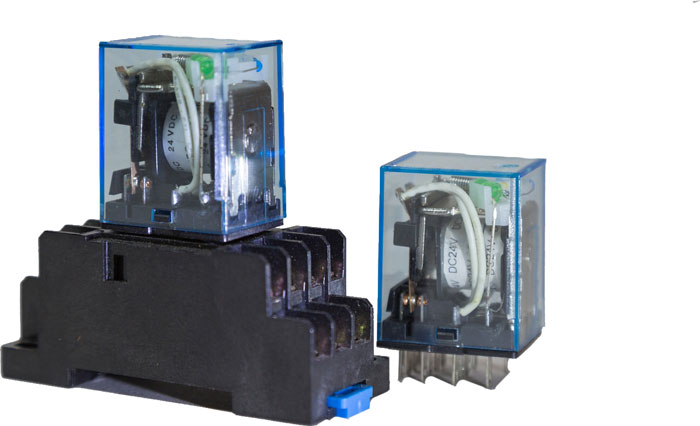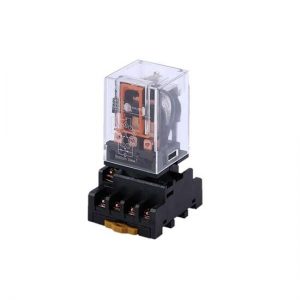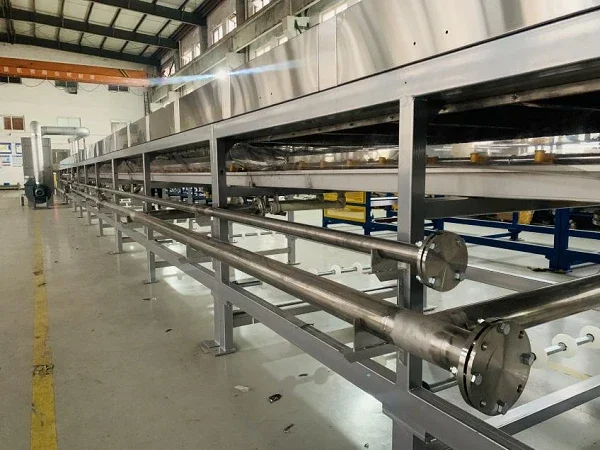Solid state relays (SSRs) have revolutionized the field of electrical switching with their numerous advantages over traditional electromechanical relays. However, like any technology, SSRs are not without their flaws. In this article, we will delve into the intricacies of SSRs, exploring the common problems that arise and providing practical solutions to overcome them. Whether you are an engineer, technician, or simply curious about SSRs, this comprehensive guide will equip you with the knowledge to tackle the challenges associated with these devices.
- Heat Dissipation:
One of the primary concerns with SSRs is heat dissipation. Due to their solid-state nature, SSRs generate heat during operation, which can lead to thermal issues if not managed effectively. This problem becomes more pronounced when SSRs are used in high-power applications. To mitigate this, engineers must carefully consider heat sink design, thermal management techniques, and proper selection of SSRs with adequate current and voltage ratings. - Voltage Transients and Overvoltage:
SSRs are susceptible to voltage transients and overvoltage conditions, which can cause device failure or malfunction. These transients can occur due to lightning strikes, power surges, or switching inductive loads. Implementing protective measures such as surge suppressors, varistors, and snubber circuits can safeguard SSRs against these voltage anomalies, ensuring their reliable operation. - Leakage Current:
Leakage current is an inherent characteristic of SSRs and refers to the small amount of current that flows through the device even when it is in the off state. This leakage current can cause unintended activation of loads or lead to false readings in sensitive applications. To minimize leakage current, engineers should select SSRs with low leakage specifications and employ proper grounding techniques. Additionally, using external components like resistors or capacitors can help mitigate this issue. - EMI and Noise:
Electromagnetic interference (EMI) and noise can adversely affect the performance of SSRs, especially in applications where precision and accuracy are crucial. SSRs can generate EMI due to their switching action, which can interfere with nearby electronic devices or even disrupt communication systems. Shielding techniques, proper grounding, and the use of EMI filters can effectively reduce EMI and noise, ensuring reliable operation of SSRs in sensitive environments. - Compatibility with Inrush Currents:
Inrush currents, which occur when a load is initially connected to an SSR, can pose a challenge for these devices. The high initial current can cause voltage drops, device overheating, or even failure. To address this, engineers can employ soft-start circuits, current-limiting resistors, or utilize SSRs specifically designed to handle inrush currents. These measures ensure smooth and reliable operation, even in applications with high inrush currents.
Conclusion:
Solid state relays offer numerous advantages over traditional relays, but they are not immune to challenges. By understanding and addressing the problems associated with SSRs, engineers and technicians can optimize their performance and reliability. Heat dissipation, voltage transients, leakage current, EMI, and inrush currents are among the key issues that require careful consideration. By implementing the suggested solutions and employing best practices, users can harness the full potential of SSRs in various applications, from industrial automation to renewable energy systems.







+ There are no comments
Add yours